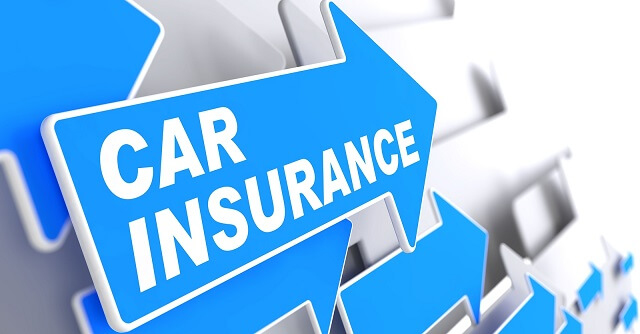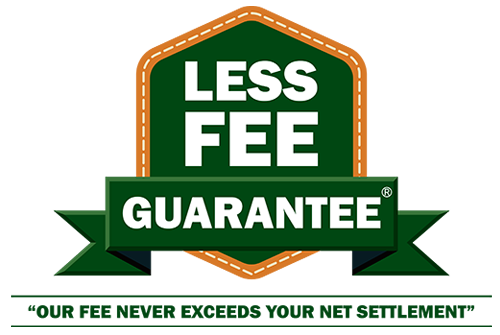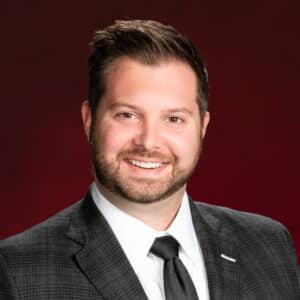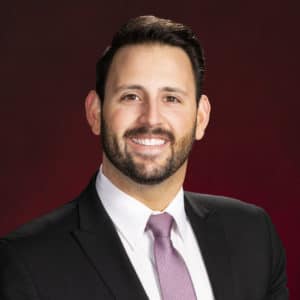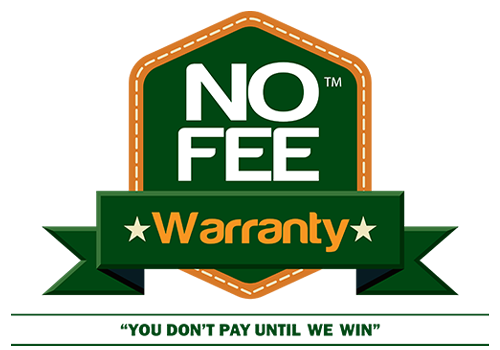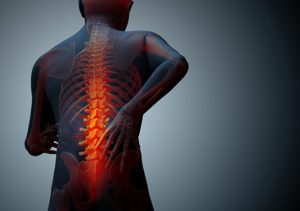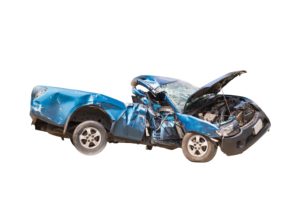You may have heard the term “full coverage.” However, auto insurance is complicated and what the insurance broker considers “full coverage” can often leave you unprotected in ways you didn’t anticipate. Let’s look at the types of coverage that come into play when you are involved in an automobile accident:
“Liability” insurance covers a person who is a victim of an accident caused by another. Liability insurance is responsible for paying for injuries and property damage to another. That is, when someone causes an accident and you are the victim, their “liability” insurance will cover you up to the amount that they have. Unfortunately, in Nevada, the minimum liability requirements are only $15,000 per person, $30,000 per accident, $10,000 for property damage (commonly shown as “15/30/10”).
If you are in a significant accident with someone who is minimally insured, and you don’t have coverage to protect yourself, you can be left having to pay medical bills for an accident that you did not cause. As a personal injury attorney, I have seen parties severely injured in a crash and the person responsible only had $15,000 to cover the loss and didn’t have sufficient assets. The client is responsible for the bills and lost wages, and there is no source to compensate them if the person only had minimum liability coverage.
“Collision” insurance coverage provides coverage to fix your car if you are involved in a crash. The coverage is subject to a deductible. “Comprehensive” coverage provides coverage to fix your car if it’s damaged by something other than a crash, like fire, vandalism or weather.
“Medical Payments” insurance, or “MedPay,” will pay for your medical bills if you are injured in a vehicle or by a vehicle (if, for example, you are struck by a car while walking or riding your bike). Most people assume that you do not need MedPay coverage on your auto insurance if you have health insurance. There are many reasons why MedPay coverage is extremely beneficial if you are in an accident.
- MedPay is “no-fault” which means it will cover you no matter who is at fault for an accident
- It follows you. MedPay covers you and your household family members no matter what vehicle you are in. So whether you’re in your personal vehicle, a friend’s car, a taxi cab, even if you are a pedestrian hit by a vehicle, you’re covered.
- MedPay can assist with deductibles, co-pays and uncovered medical expenses and, sometimes even funeral expenses, if you’re injured in a car accident. It will even pay the health insurance’s subrogation lien.
- It will pay for treatment that your health insurance has denied, or when you have maxed out your coverage. For example, most insurance companies only pay for a certain amount of chiropractor visits, but you may need more. MedPay can pay for the treatment you need, not what your health insurance thinks you need.
- MedPay covers everyone in your vehicle at the time of an accident.
- When you receive treatment for an accident through health insurance, they have a “subrogation lien” on your recovery. That means that you have to pay them back, what they paid out to cover you. However, in Nevada, MedPay does not have to be paid back.
MedPay is similar to Personal Injury Protection coverage “PIP” in other states. In Nevada, insurance carriers must offer at least $1,000 in coverage, MedPay is inexpensive and if you or a family member are in an accident, having it on your insurance coverage may come in handy in the long run.
The most important coverage to protect yourself and your loved ones is “Uninsured Motorist Coverage” (“UM”) and Underinsured Motorist” coverage (“UIM”). UM/UIM protects you if you are injured in a crash with someone who does not have any insurance or does not have enough insurance. In other words, regardless of the amount of coverage that a person who hits you has, you will be covered up to at least the amount of the “Uninsured/Underinsured Motorist” coverage that you have. This is the coverage that is often overlooked, but is the most important coverage you need to protect yourself and your family when you are injured in a car accident.
UM/UIM is available to you in an amount equal to your liability coverage. In other words, if you purchase the minimum 15/30/10 liability policy ($15,000 policy), your insurance company must offer you UM/UIM of $15,000! If you buy a larger liability policy, for example, $100,000 per person, you would be able to obtain $100,000 in UM/UIM. You cannot have UM/UIM in an amount more than your liability limits.
In Nevada, UM/UIM coverage stacks on top of the other person’s liability policy. For example, if the other person has a $15,000 liability policy and you have $100,000 UM policy, there will be $115,000 available to compensate you for your injuries.
In other states, the liability policy will offset the UM limits. In the same example, the $100,000 UM will be able to claim an offset for the $15,000 liability policy, leaving $85,000 available. Just like the MedPay coverage, this policy will cover you and your household family members no matter what vehicle you are in: a friend’s car, a bus, a taxi cab, etc. and even if you are a pedestrian hit by a vehicle.
When clients do have UM/UIM, I often see a large liability policy, but only a small UM/UIM policy. You have to ask yourself, why would you protect other drivers more than you protect yourself?
Full coverage, in the insurance industry, typically refers to the combination of liability, comprehensive and collision coverage. This is required when you have financed or leased your vehicle to make sure the vehicle is repaired or replaced when damaged. This combination leaves you unprotected if the person that injures you does not have enough liability coverage, or, as is too often the case, no insurance at all.
In the end, when your agent offers you “full coverage,” make sure you protect yourself, and verify that it includes as much underinsured and uninsured motorist coverage, and medical payments coverage as you can afford! In addition, when purchasing an umbrella policy, ensure that it includes UM/UIM since they frequently do not.




